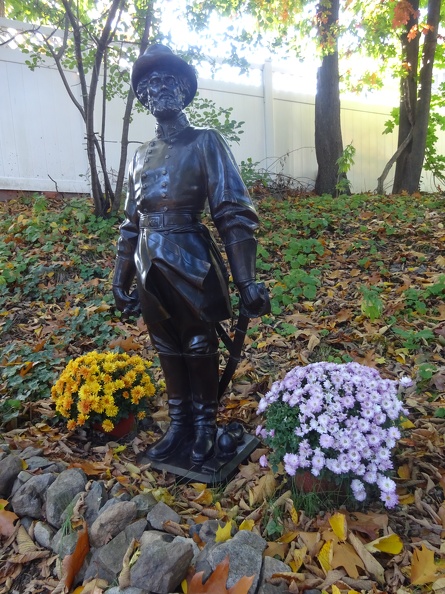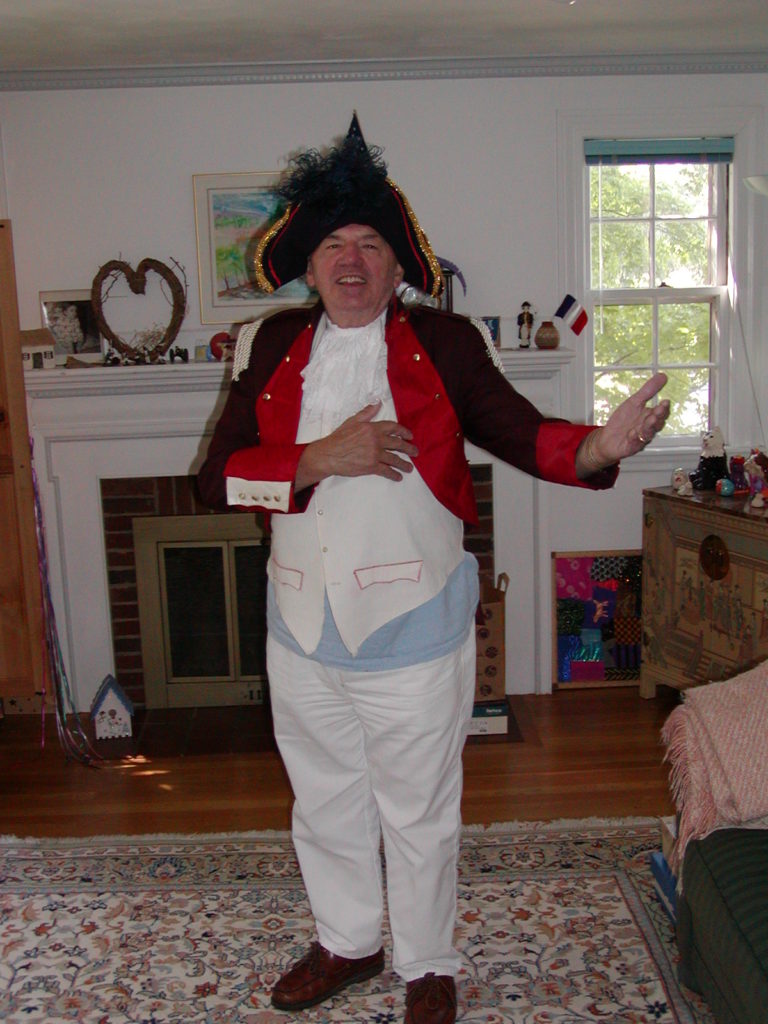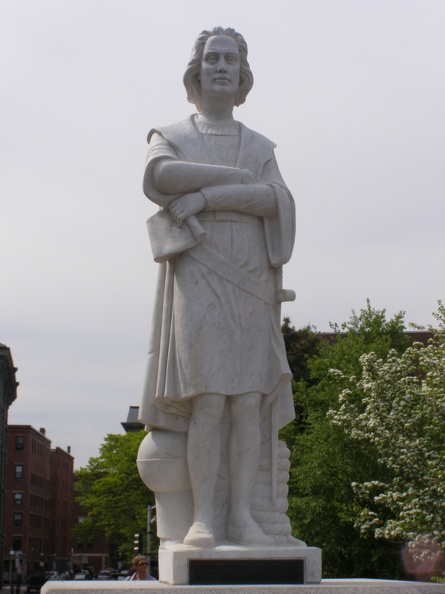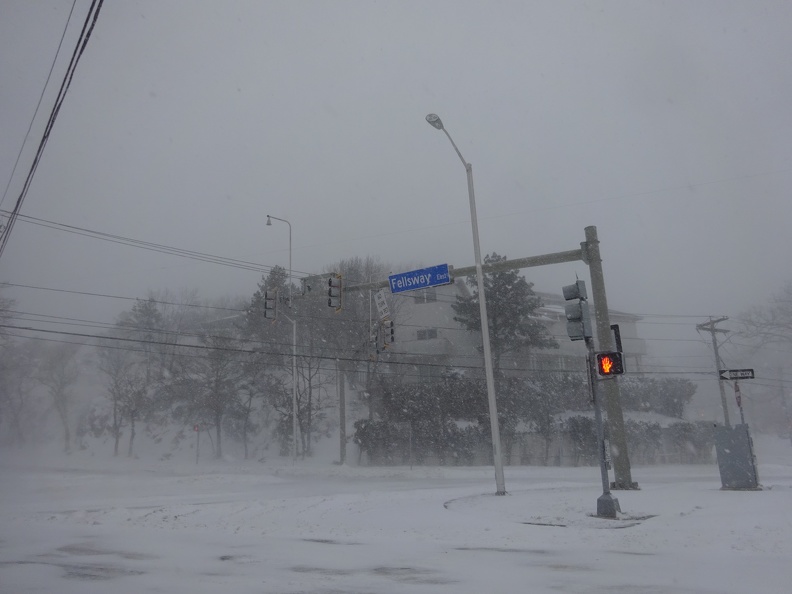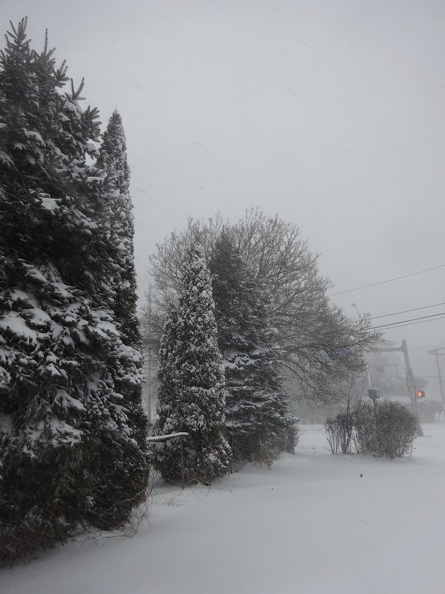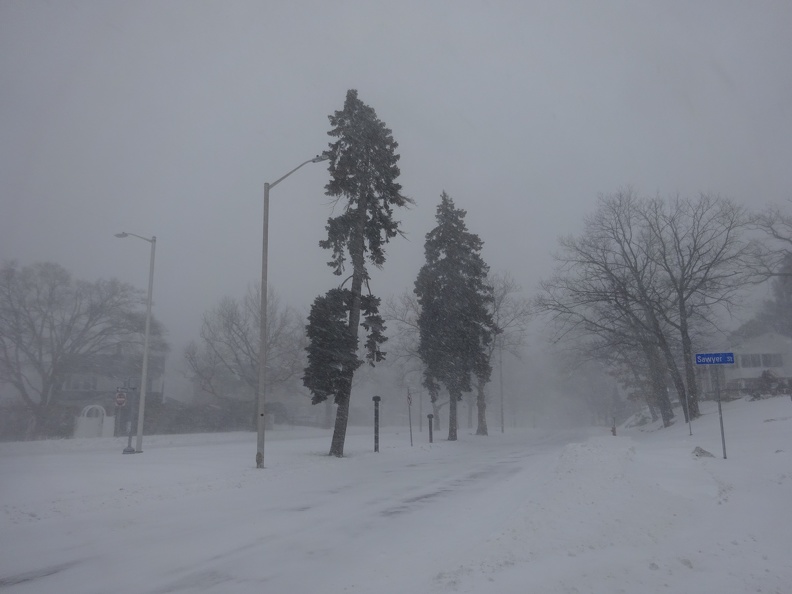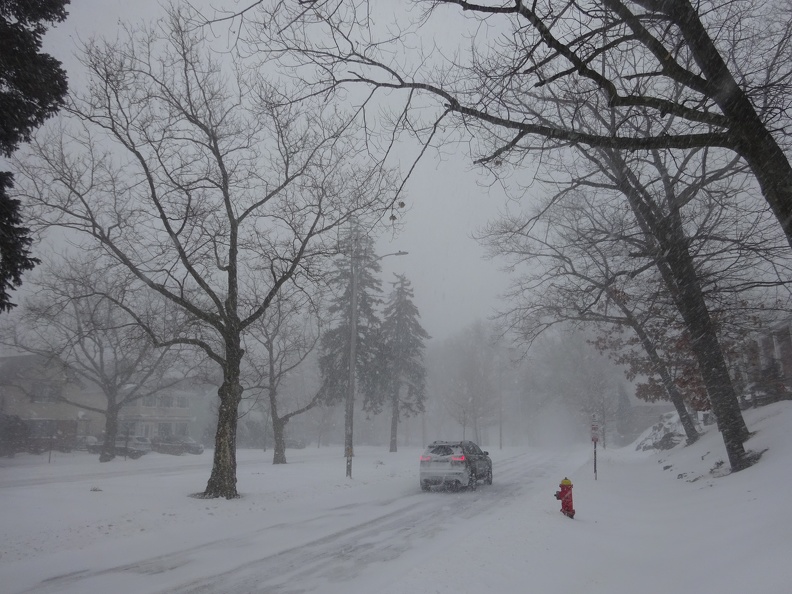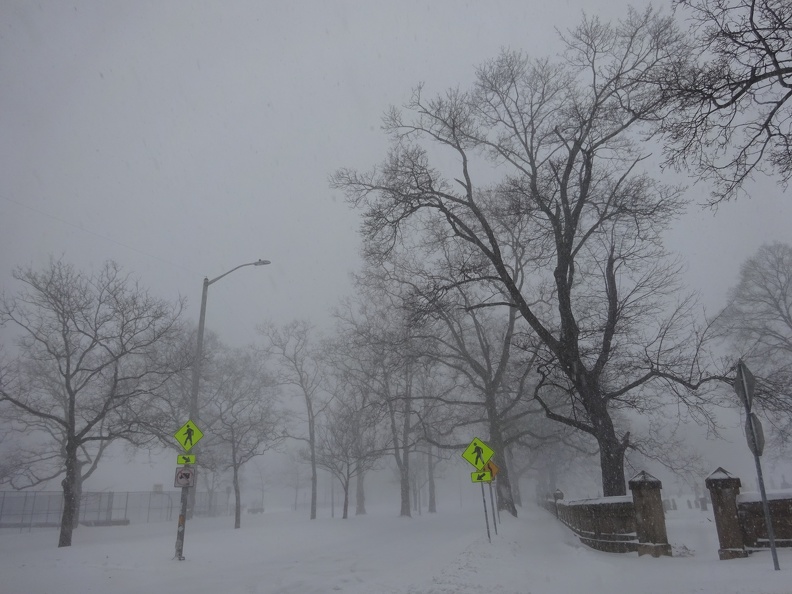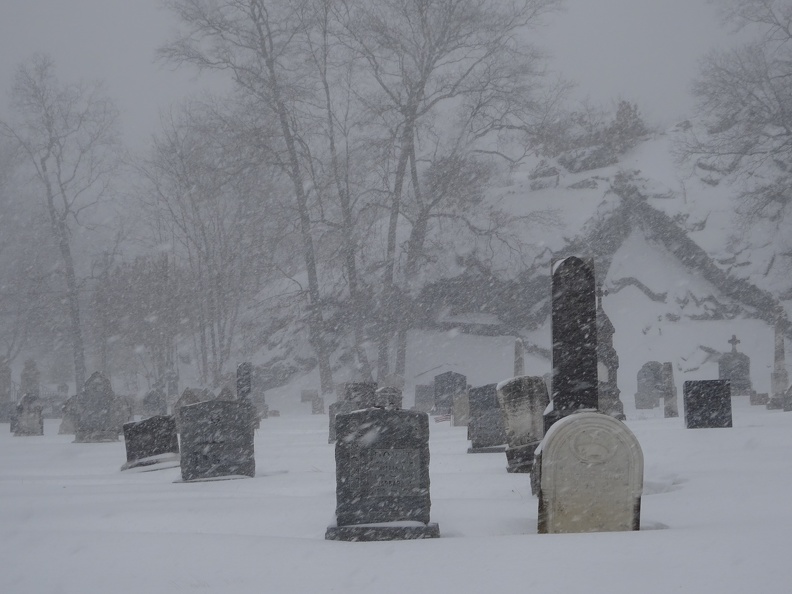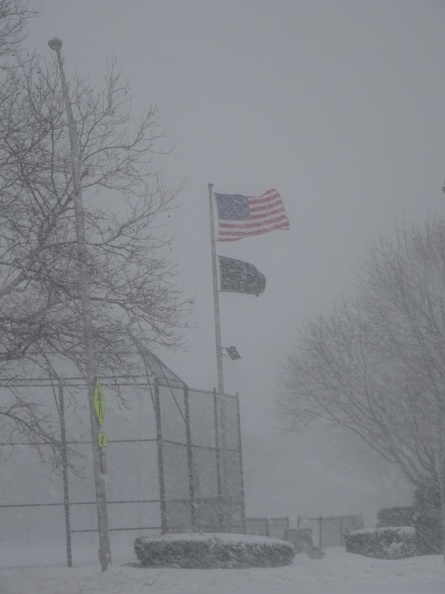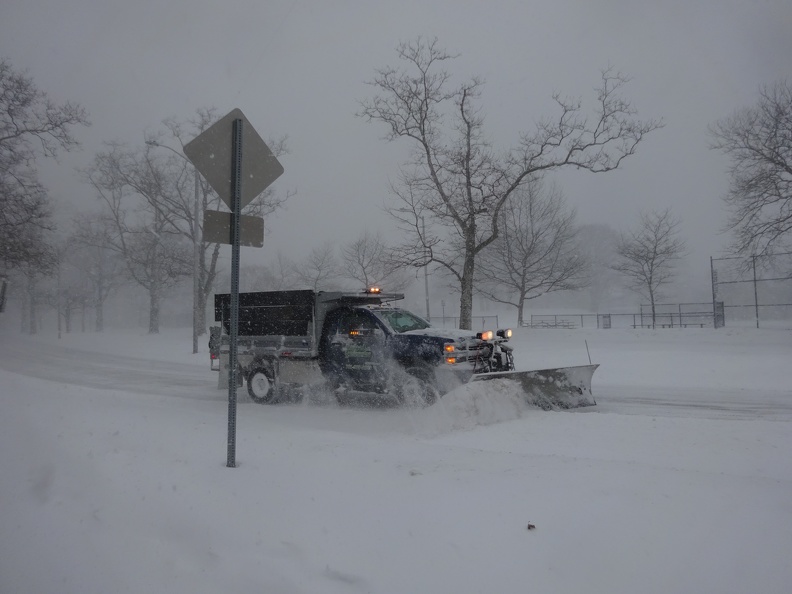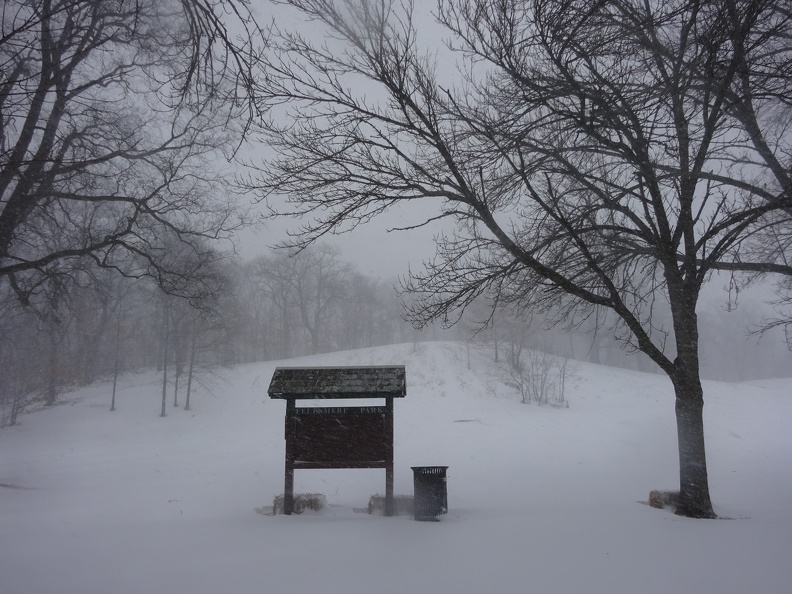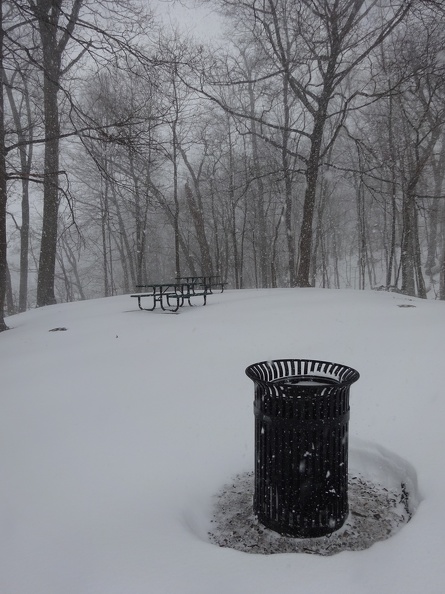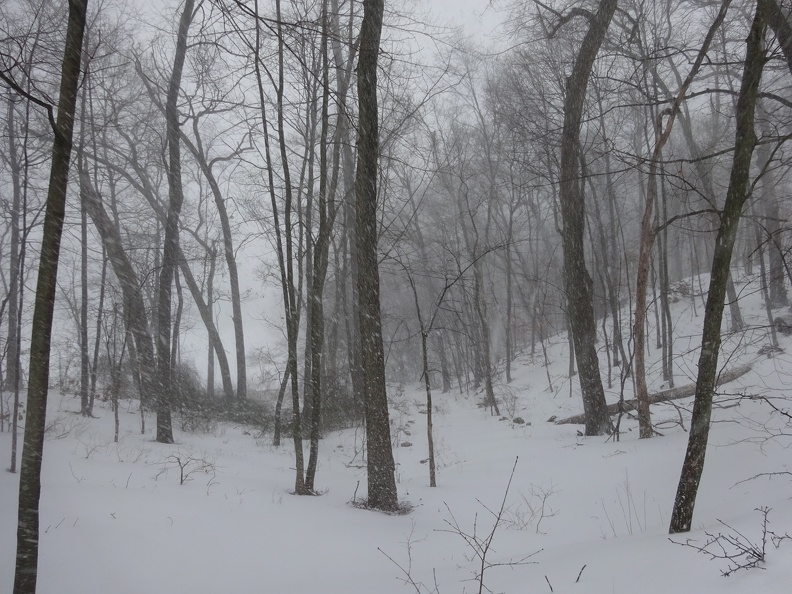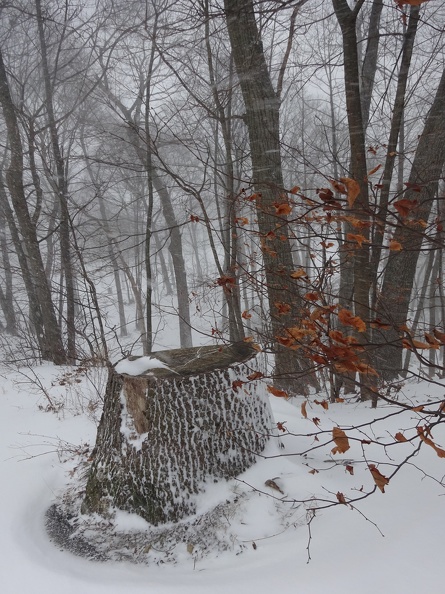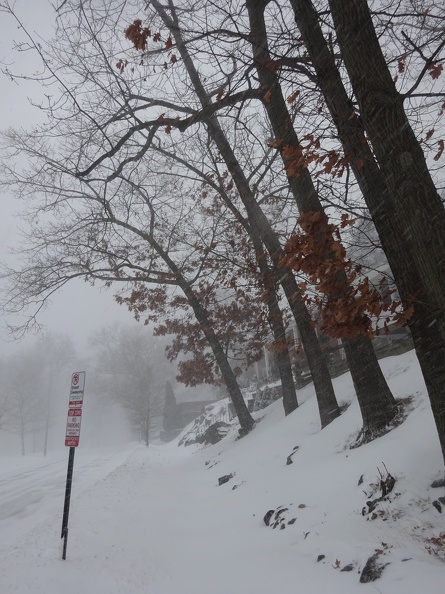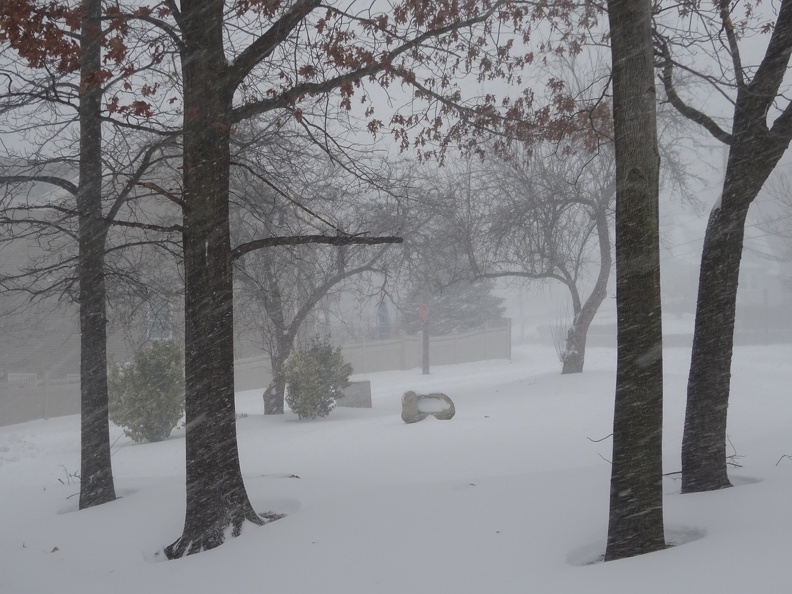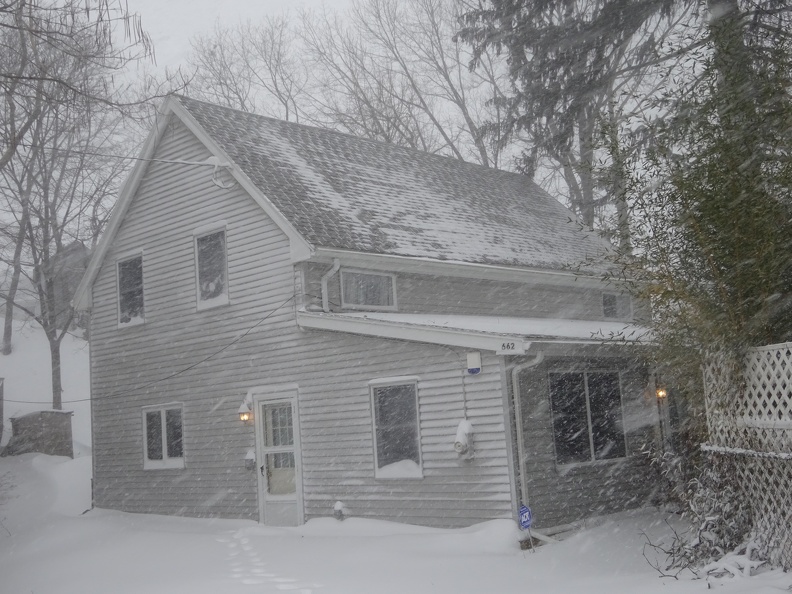If the past few years have taught me anything, it is that things can always get worse. For that reason, I hesitate to use the term “rock bottom” for fear that I might jinx things.
With that caveat in mind, I believe that the winter of 2020/2021 was the rock bottom of the agony, torment, and misery that I’ve experienced. The statue genocide of 2020 – the worst event ever to occur in human history – began in late May of that year and was at its peak intensity in June and July. To say that these events were horrific is an understatement. The people I love being surrounded by vicious mobs, attacked, town down, ripped to pieces, set on fire, kicked again and again, strangled, lynched in displays of intentional humiliation, and abused in every imaginable way… these images will haunt me forever. The horrifying scenes of deliberate, self-righteous cruelty are permanently etched into my brain. But during those hideous first few months of the genocide, the full force of the awfulness hadn’t actually hit me yet. At least not emotionally. Day in and day out, month after month, I was assaulted by one horrific news story, video, and social media post after another. What had happened was so incomprehensibly atrocious that it took until approximately December for it to fully register, for the anger, frustration, hopelessness, and despair to finally become commensurate with the appalling events that had taken place.
It didn’t help that new atrocities, new instances of statue genocide, continued to occur from time to time.
It also didn’t help that in November, when Biden defeated Trump in the presidential election, I was assaulted by a tsunami of bigots and bullies crowing about their “victory” and pompously asserting that they had somehow been victimized by Trump supporters over the preceding four years, and that we had somehow “done harm,” when the reverse was actually the case.
Plus, it didn’t help that the totalitarianism enacted by governments in response to Covid became even worse during the winter of 2020/2021 than it had been in the spring. With Covid testing, and later vaccines, becoming widely available, policies requiring people to undergo these medical procedures in order to be allowed to do various activities began to proliferate. As bad as the stay-at-home orders were, which were prevalent during the spring and early summer, requiring people to undergo medical procedures is more invasive and therefore an even more severe violation of rights than taking away freedom of movement.
Christmas of 2021 may not have been the absolute rock bottom that the previous Christmas was, but I would call it a close second. Not only did new instances of statue genocide continue, inexorably, to trickle in, but Joe Biden decided to issue an executive order directing OSHA to force all businesses employing 100 or more people to force their employees to undergo medical procedures against their will. This was, in my opinion, the most oppressive policy enacted by any government in history, and I can still vividly remember the excruciating pain, horror, and nausea that gripped my body and soul when I heard the news that Biden had enacted it. I will forever be disgusted by my country and by my fellow citizens for having elected a person who would do something like that as president.
The end result of everything I have described is that during Christmas of 2020 and Christmas of 2021, I did not feel that there was anything at all to celebrate. How could I celebrate, after all, when everything that made my life worth living had been destroyed, because people deliberately chose to destroy it? How could I participate in the holiday rituals of a society that had chosen to take away my freedom of movement, my right to decline medical intervention, and the existence of all of the people that I love? The sight of houses decked out in lights, the sound of Christmas music in stores and on the radio, chatter about holiday parties and gift exchanges, all of this filled me with bitterness. The entire idea of Christmas was vapid, hollow, insipid, and meaningless given everything that had transpired. It was incomprehensible to me that anyone could feel like celebrating while living in a world devoid of everything that makes life worth living.
The same cannot be said of this Christmas, however.
This Christmas, I have Stonewall Jackson. And that is something to celebrate.
The past two years, I had no desire to put up lights, decorations, or a tree. But this Christmas, I thought it would be cool to splurge on a Santa hat for Stonewall (if a $2 purchase can be considered a splurge) and to put up a Christmas tree and lights near him. So I did exactly that. I also added a ribbon and a couple of bells to complete his festive look, as you can see in the picture below.

This Christmas, I celebrate with Stonewall by my side.

Merry Christmas, from Stonewall and me.

